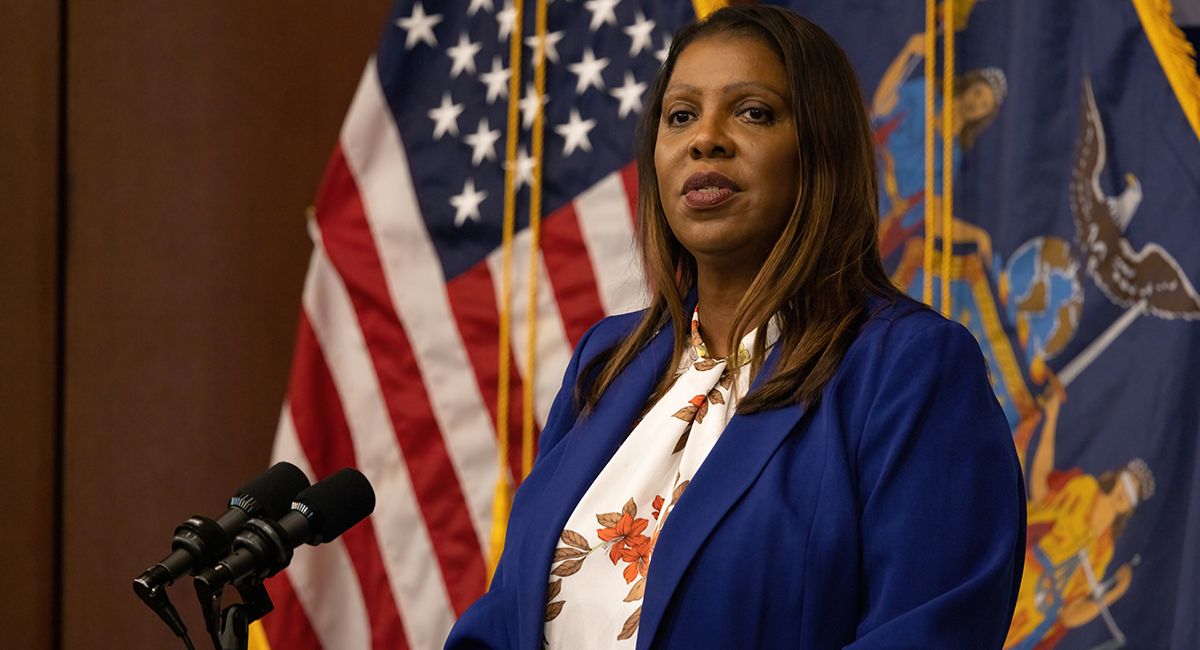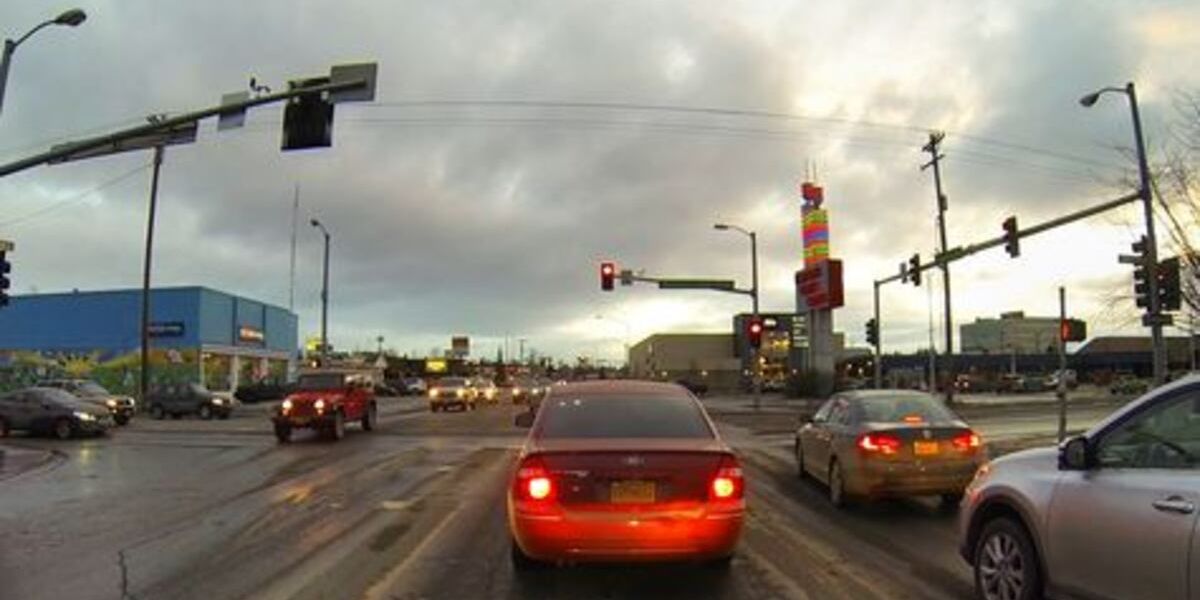Texas has faced a perfect storm of housing issues over the past several years: Home prices have risen, extreme weather events have increased, and higher inflation rates have affected the cost of post-disaster rebuilding efforts.
Now, a new report by property research firm Cotality has found an increasing number of homeowners in the Lone Star State are limiting or forgoing homeowners insurance altogether.
And, if things don’t change, the state could soon find itself dealing with an insurance calamity akin to what is being seen in Florida and California.
With home prices in the state climbing, so are insurance costs.
In 2016, the median list price across the state was $279,500. Today, it’s $373,200. Home price increases, combined with an increase in extreme weather events, have led to a sharp rise in insurance prices.
From 2013 to 2025, Texas homeowners’ insurance rose from $1,646 to $4,049. In 2025 alone, insurance companies increased premiums by 10% or more 108 times.
Texas lawmakers recently introduced a bill that would require insurance companies to get pre-approval from the Texas Department of Insurance before instituting double-digit increases.
As a result, a staggering 1.1 million Texas homeowners now lack home insurance, according to 2022 U.S. Census Bureau data. That’s around 9.5% of homeowners in the state—the 14th-highest percentage in the country.
Cotality warns that the state won’t be prepared when the next storm hits—literally and metaphorically.
“The difference between insured and uninsured loss, also known as the protection gap, is a dark storm on the horizon,” says Tom Larsen, senior director of content strategy at Cotality.
“When the storm hits—and it eventually will—the lack of funds to restore homes and businesses will at best result in a diminished quality of life and business operation and, at worst, lead to a loss of relevance of the insurance policy to consumers.”
Home insurance is also harder to come by
In 2024, the Texas Department of Insurance reported that five major companies, including Progressive and Foremost Insurance, a subsidiary of Farmers Insurance, had scaled back their coverage in the state, largely due to the increase in extreme weather events in the region.
Progressive reported that 40% of its storm-related claims in 2024 came from Texas.
It’s not surprising, considering Texas is the second-leading state when it comes to the cost of damages related to extreme weather, behind Florida.
The state has incurred around $436 billion in weather-related damages since 1980, and has had more billion-dollar disasters than any other state in the past 45 years.
A report from the Texas State Climatologist’s Office found that there has been an increase in extreme weather, extreme heat, and drought across all parts of the state since the early 1900s.
“Increasingly severe weather conditions, such as freezes, floods, hurricanes, and hail, contribute to more claims,” says Tray Gober, a managing partner at Lee, Gober & Rena, in Austin, TX.
“Housing-related costs are only going to go up. We’re seeing increases in the cost of construction materials, including those affected by tariffs, and increasing construction labor costs as many necessary workers are being deported. All that will continue to drive up costs for insurance companies.”
Among the major extreme weather events that Cotality cites affecting Texas’ insurance premiums are hailstorms, wildfires, and hurricanes.
Jessica McNally, an insurance agent with Goosehead Insurance in Dallas, adds that these “are all contributing to higher claims payouts for insurance.”
In 2024, hailstorms affected more than 181,000 Texas homes, while around 244,617 homes were at risk of wildfires. Meanwhile, there are more than 192,000 homes within the Houston metro area at risk of hurricane damage alone.
The rising cost of insurance—and the increasing number of homeowners who are going without it —will likely have a knock-on effect on the housing market, says Max Dugan-Knight, a climate data scientist at Canadian carbon removal firm Deep Sky.
“Insurance companies have the most up-to-date data and use advanced catastrophe or ‘CAT’ modeling to predict the risk of things like wildfires,” says Dugan-Knight. “If they are raising prices and stopping insurance in some areas, we should all be worried.
“Once home insurance becomes unaffordable, that can quickly translate into broader real estate market weakness,” he continues.
“If buyers can’t afford insurance, they probably won’t get approved for a mortgage, which can lead to deals falling down at the last hurdle. Property values can slip as a result. As more frequent disasters—hailstorms, hurricanes, and wildfires—hit these areas, the consequences could be devastating.”

 by
by 

